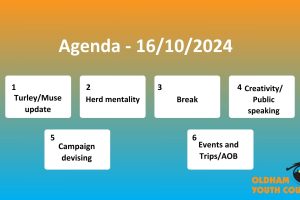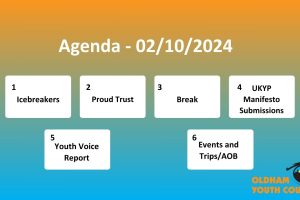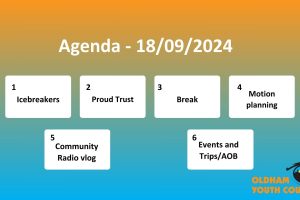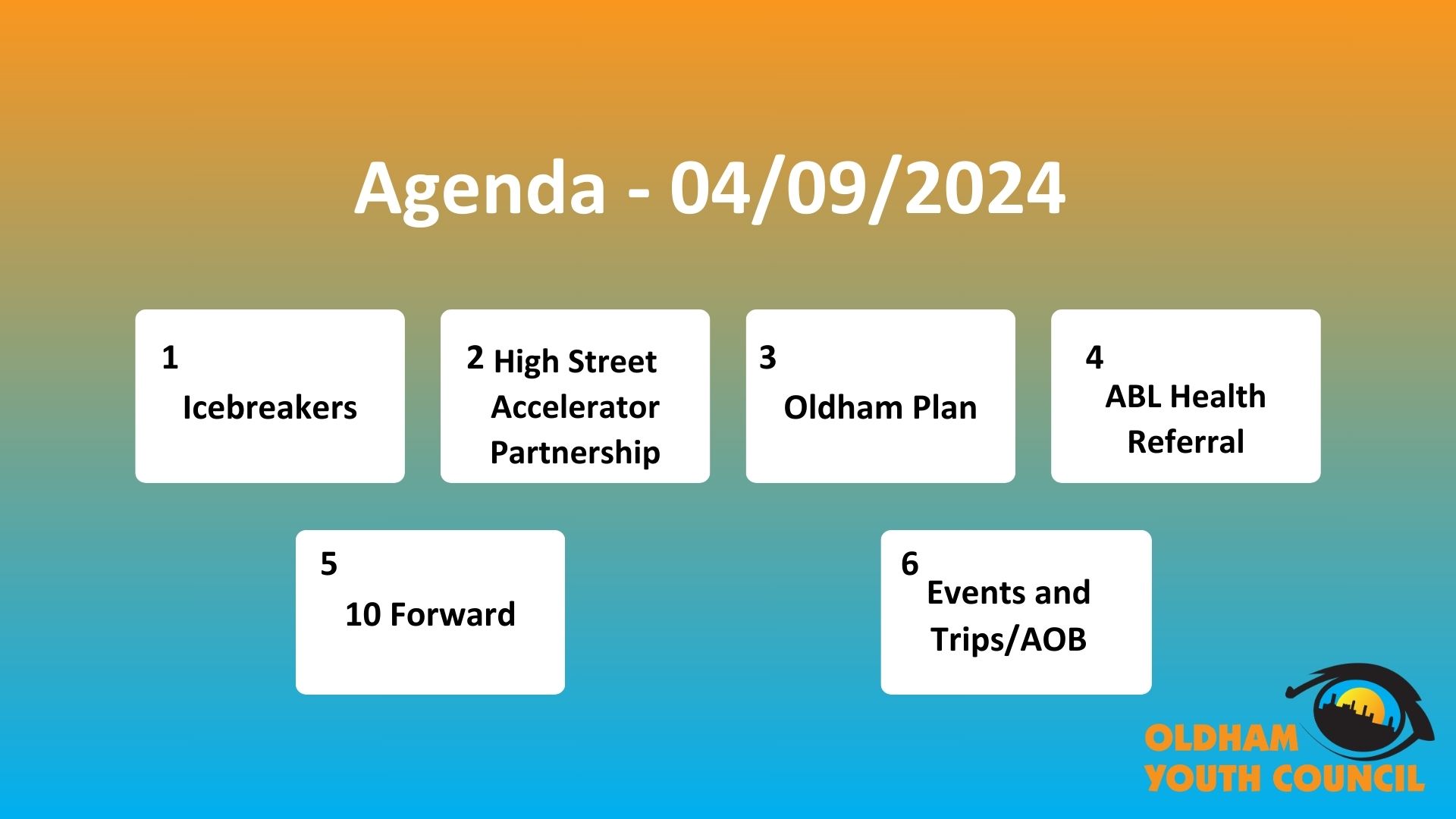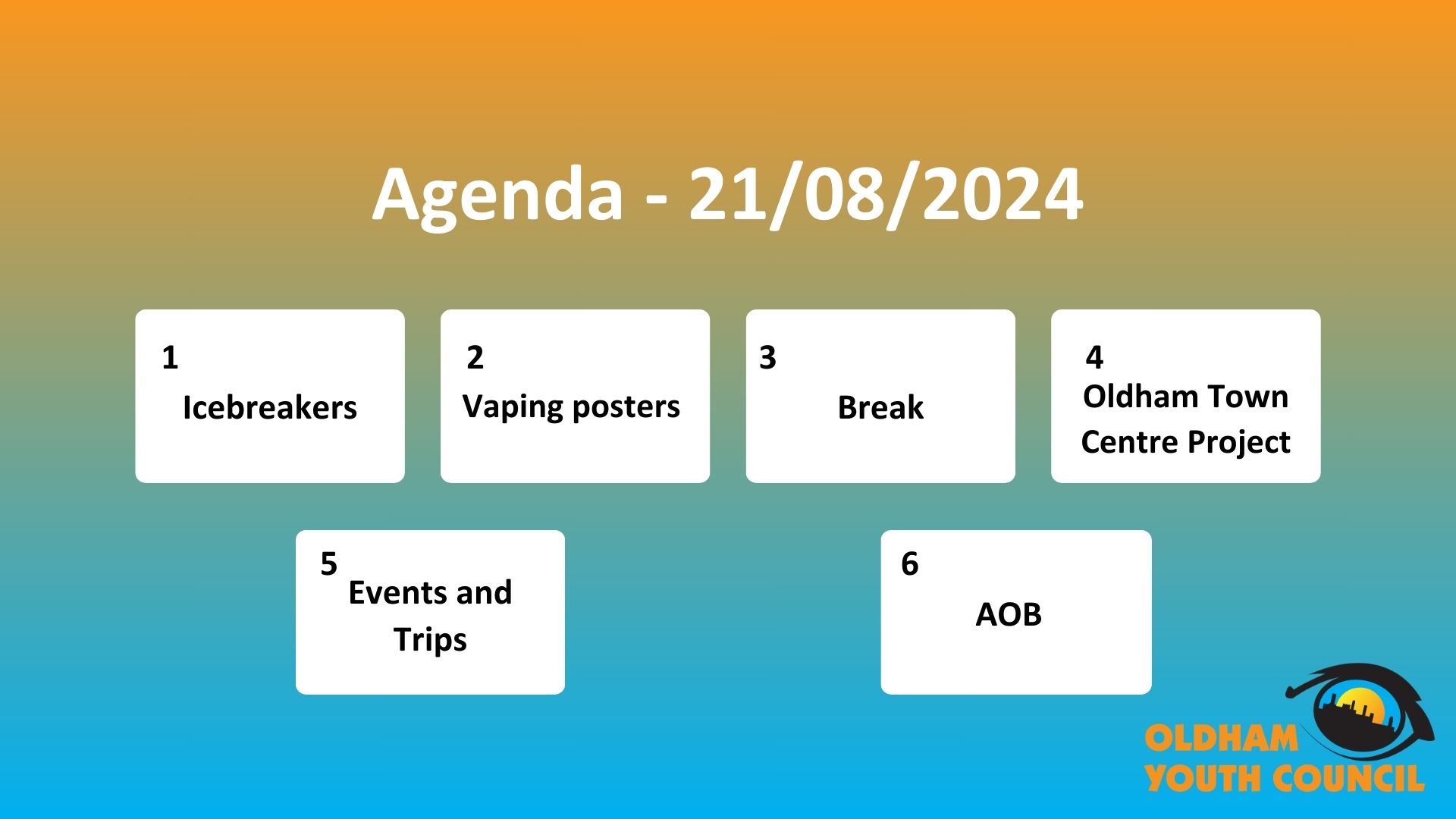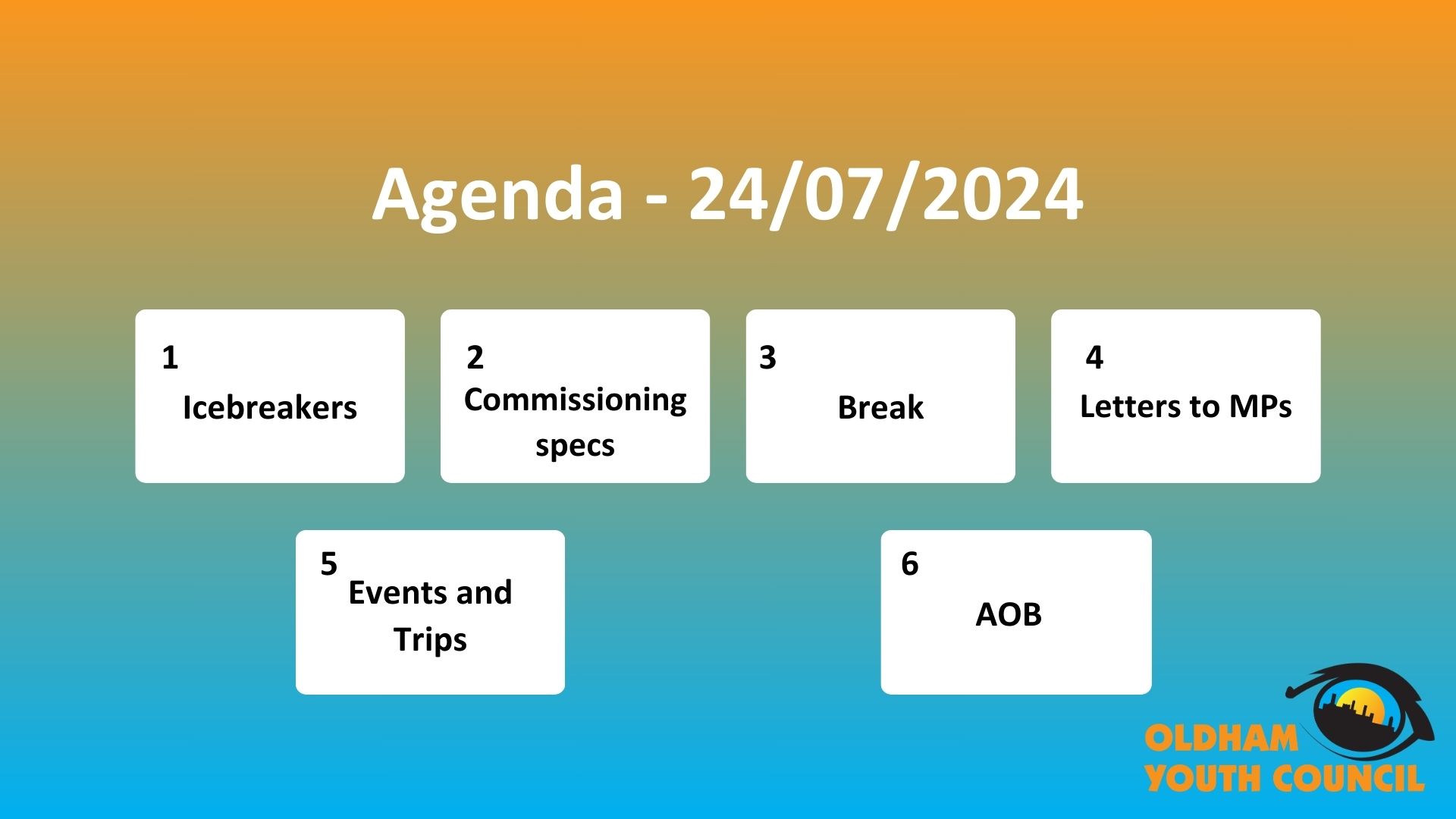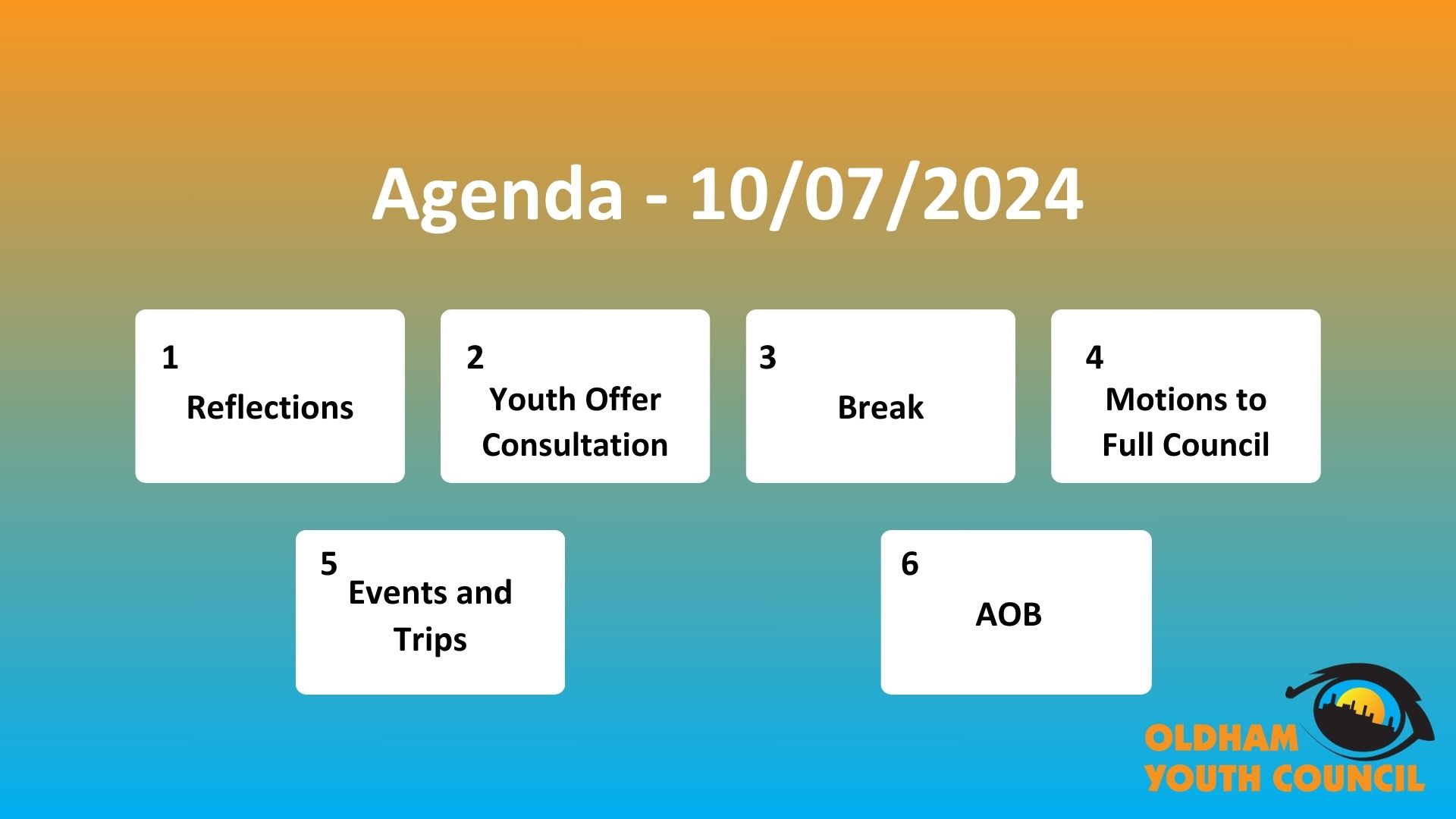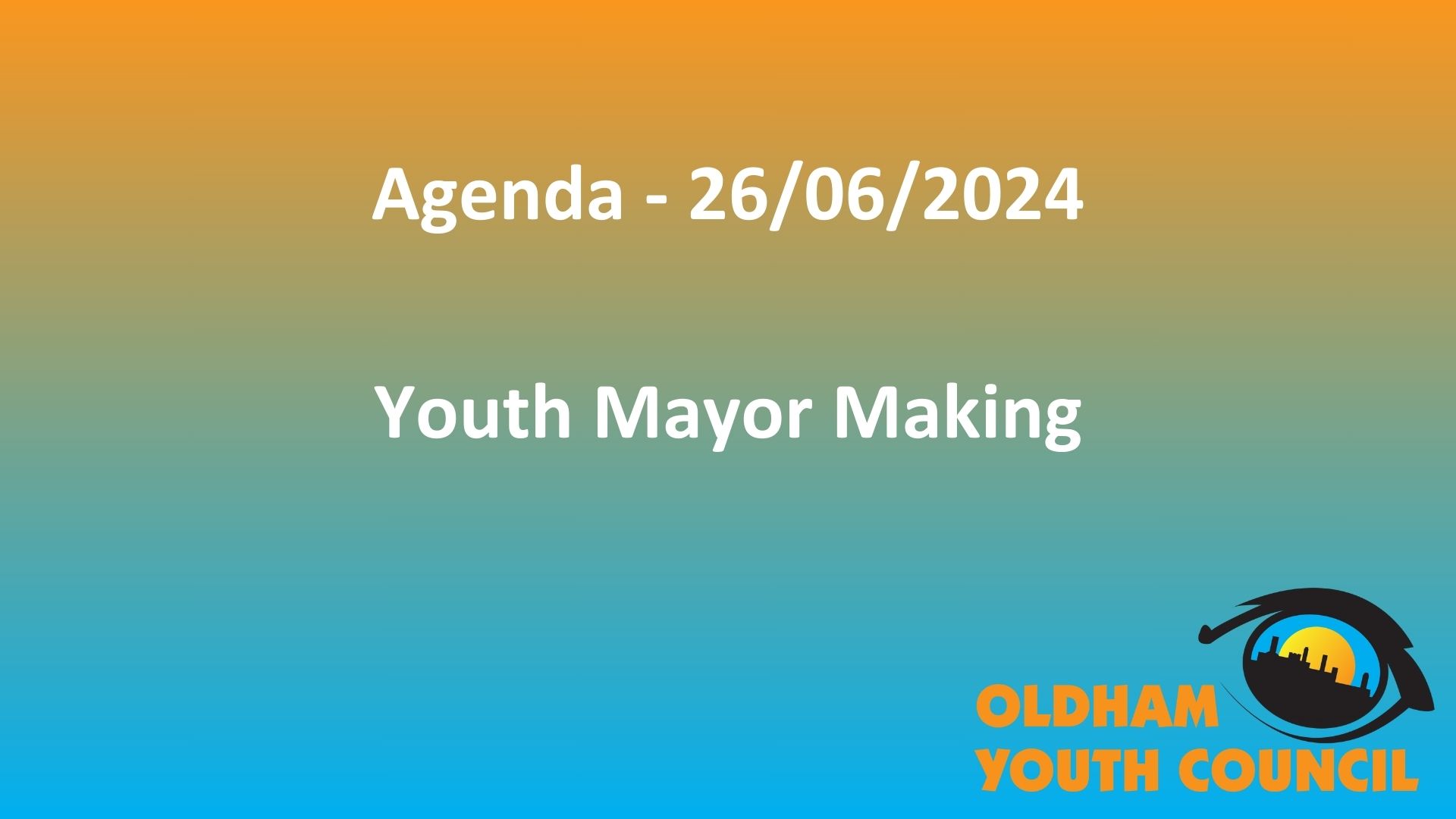Scroll down to show the instructions on how to make a traditional origami box also known as a masu box. These instructions have been taken from https://origami.me/
Underneath the instructions you can check out our handy tips on how you can be more ‘green’ and protect our environment.
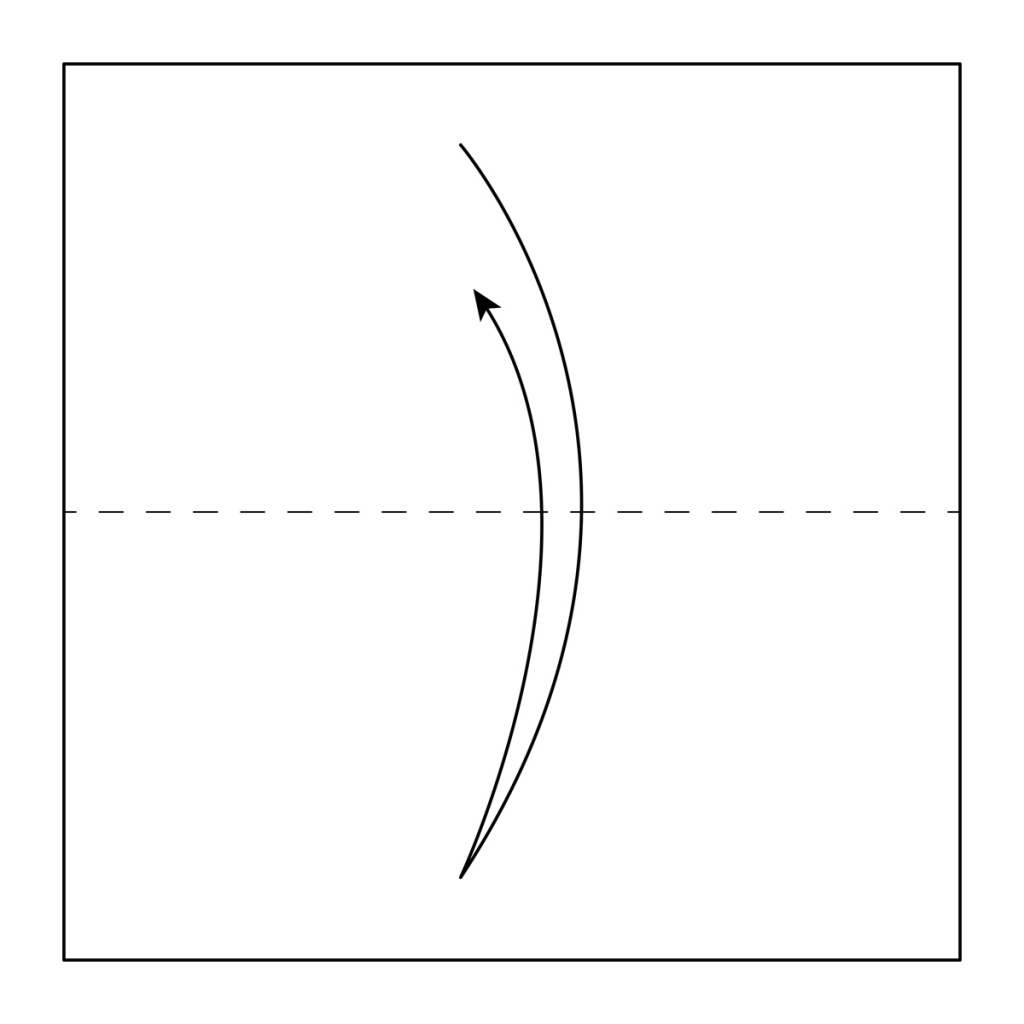
Step 1) Start with the paper, QR Code side facing up. Fold the paper in half horizontally. Crease it well and then unfold it.
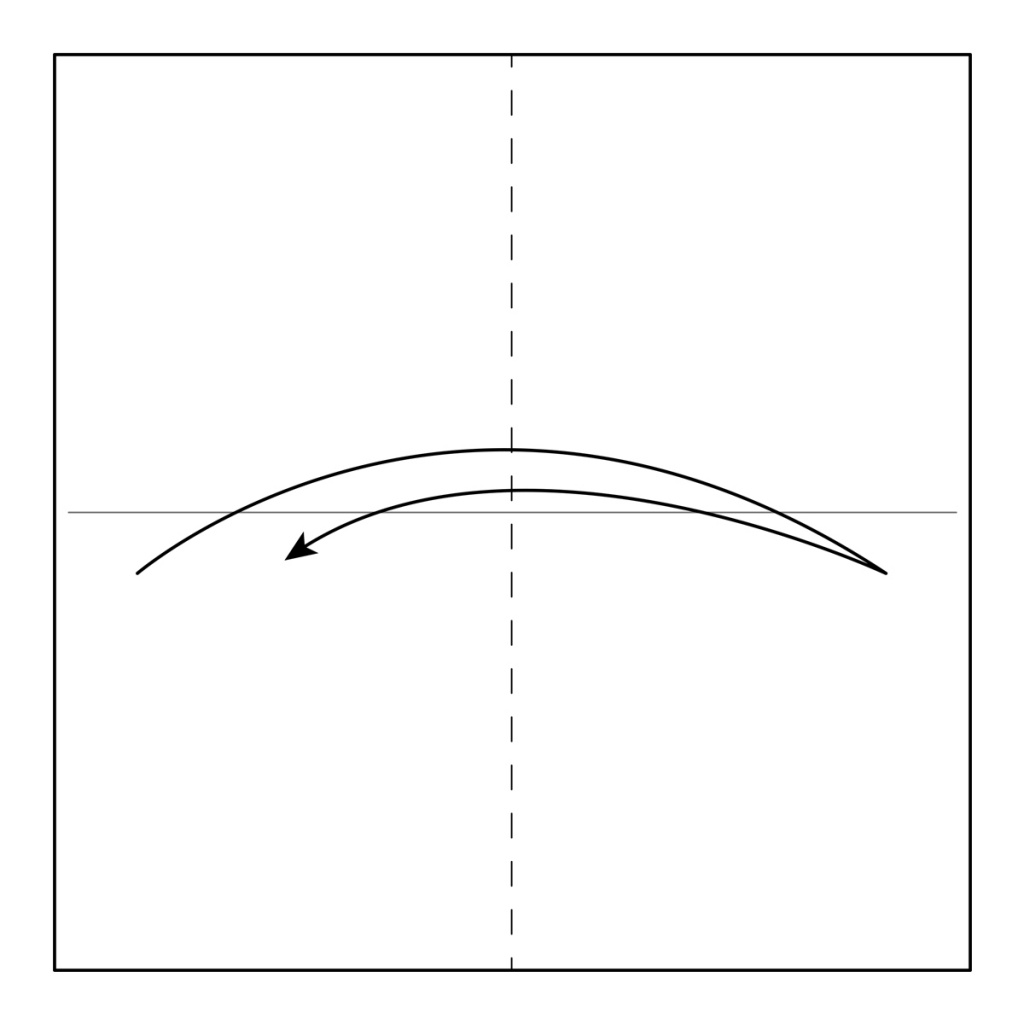
Step 2) Fold the paper in half vertically. Crease it well and then unfold it.
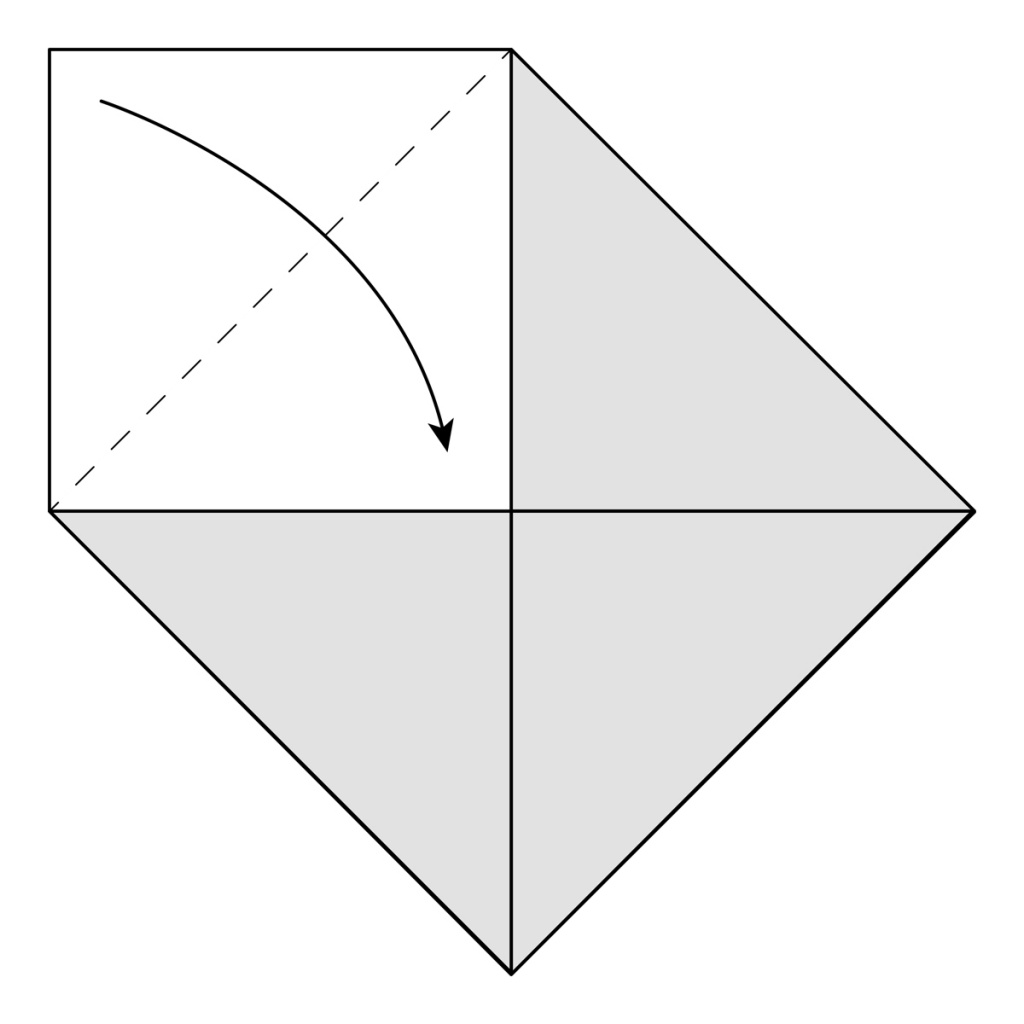
Step 3) Fold the corner of the paper to the centre. You’ll do this on each of the 4 corners.
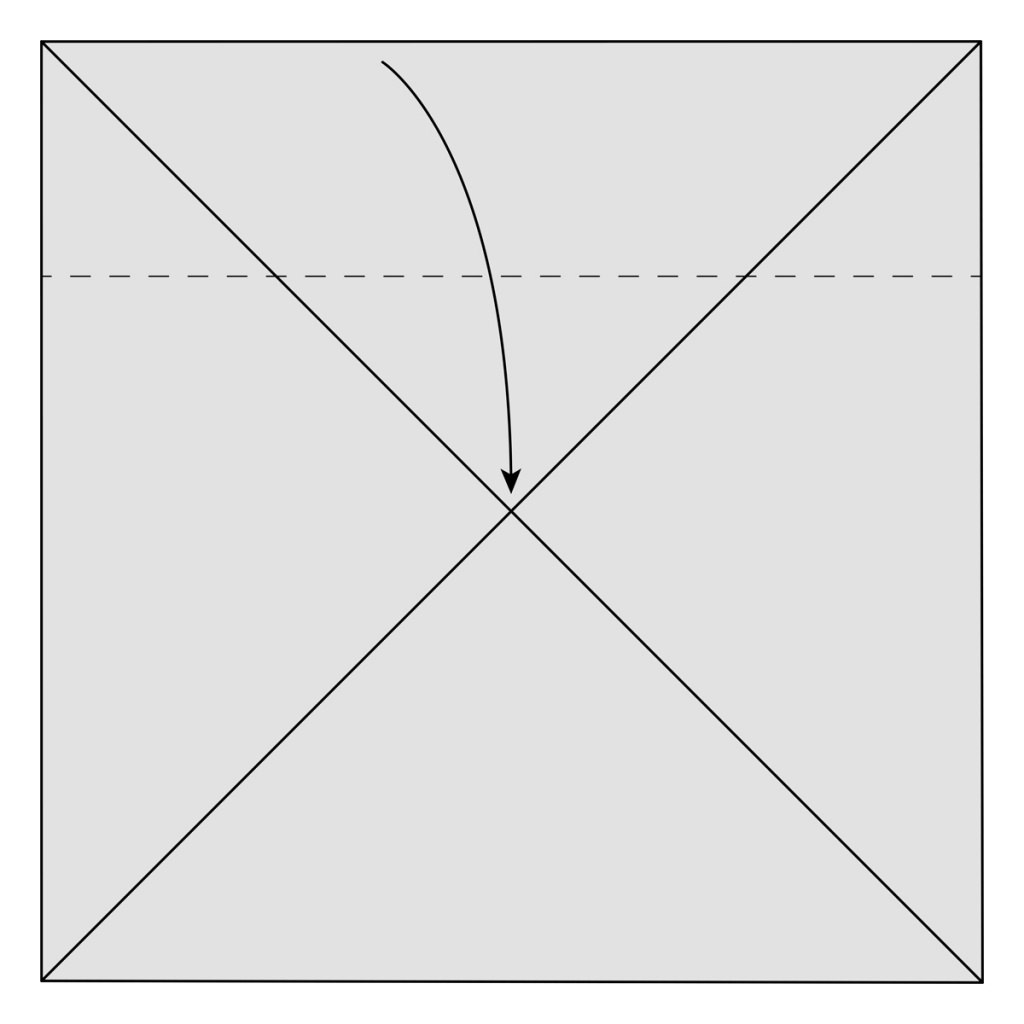
Step 4) Rotate the model 45 degrees so it’s square again and then fold the top part of the model into the centre.
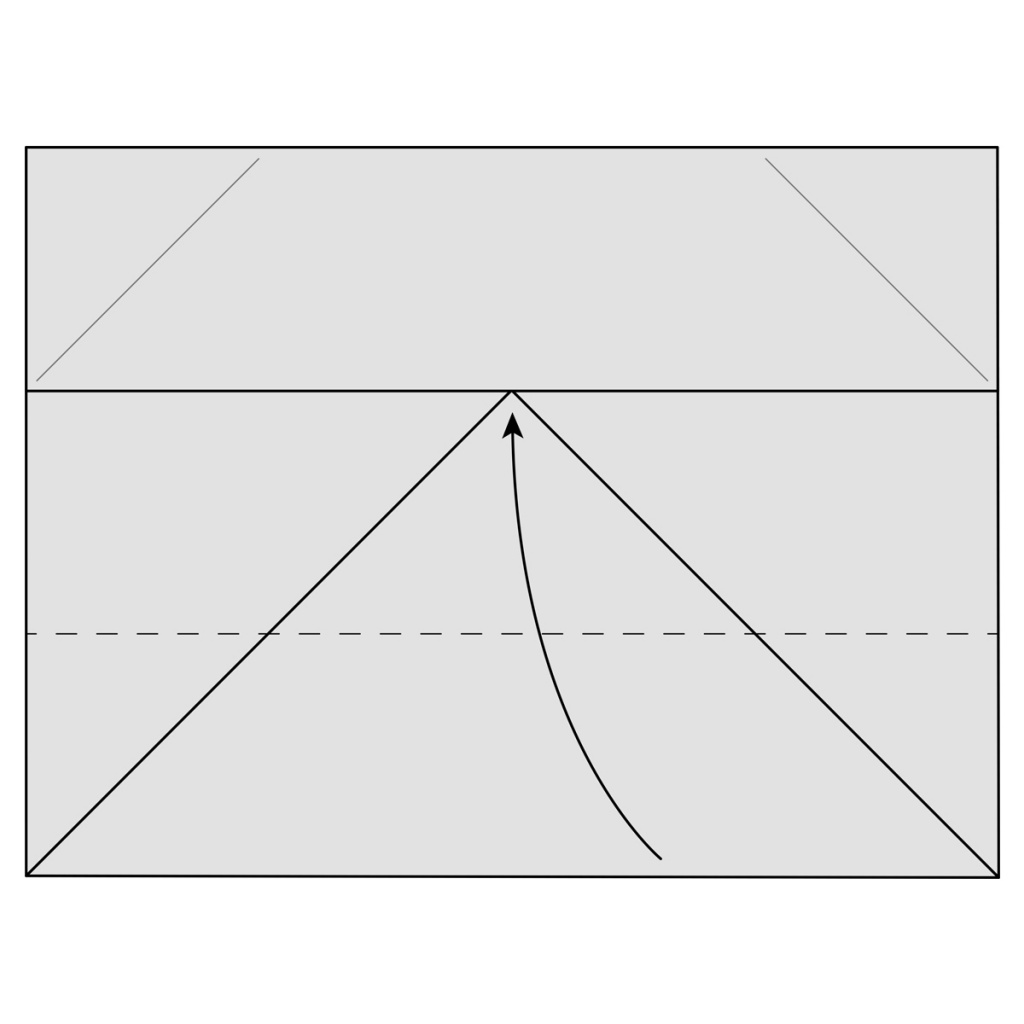
Step 5) Fold the bottom part of the model into the centre.
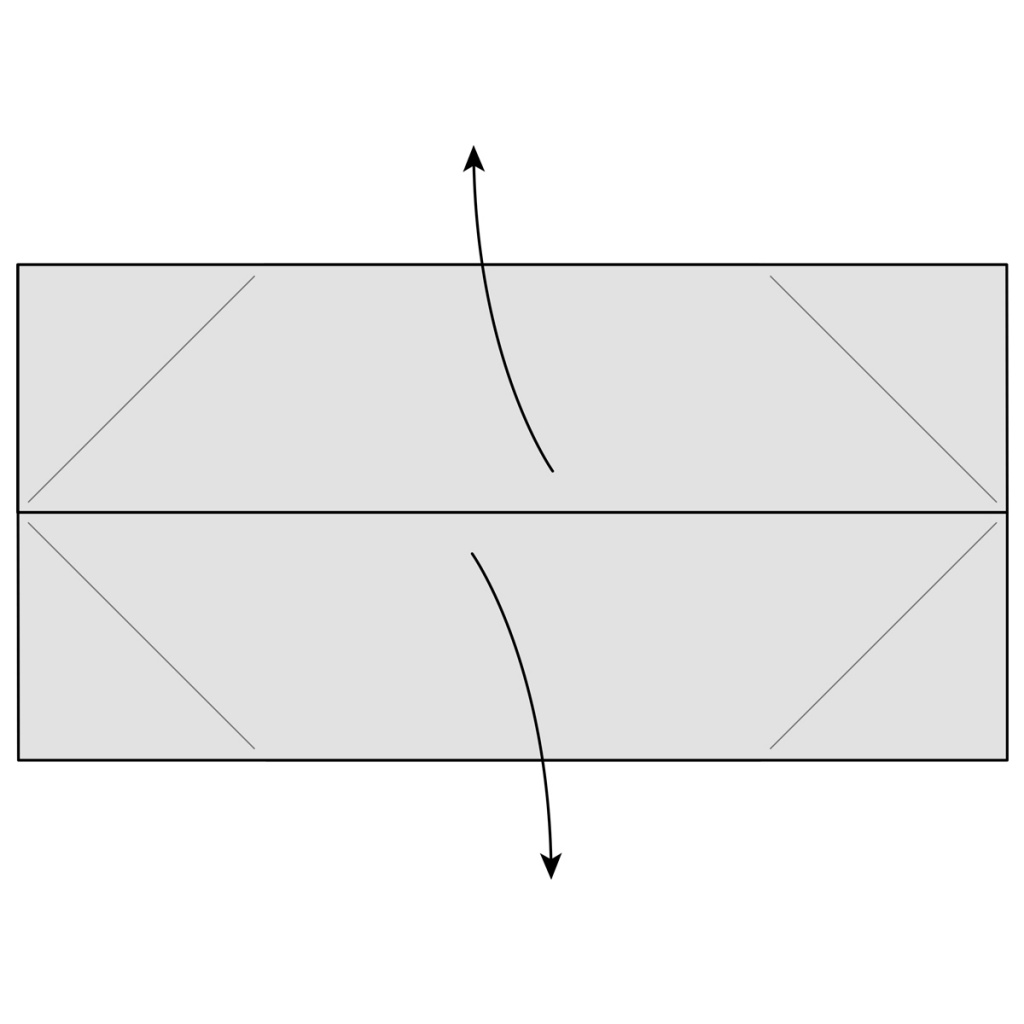
Step 6) Crease both these folds very well and then unfold them.
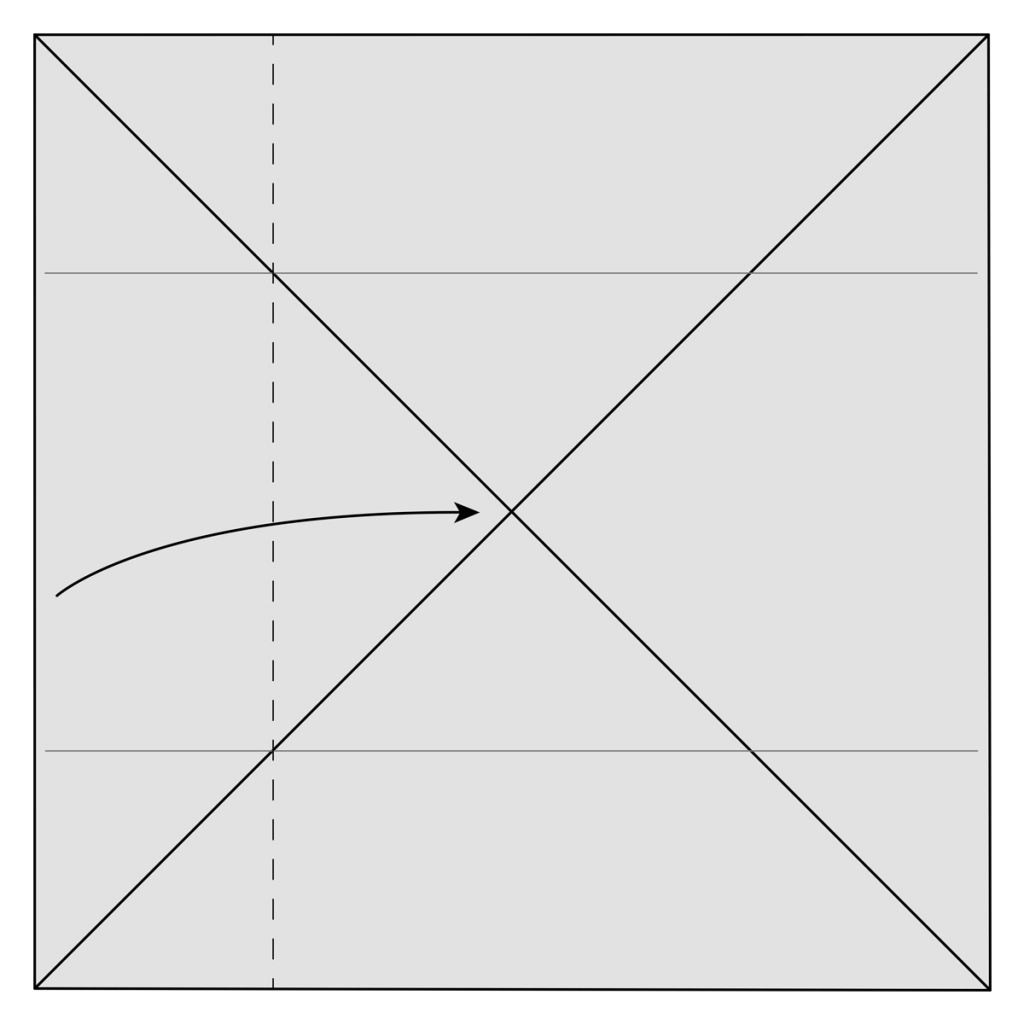
Step 7) Fold the left edge of the model into the centre.
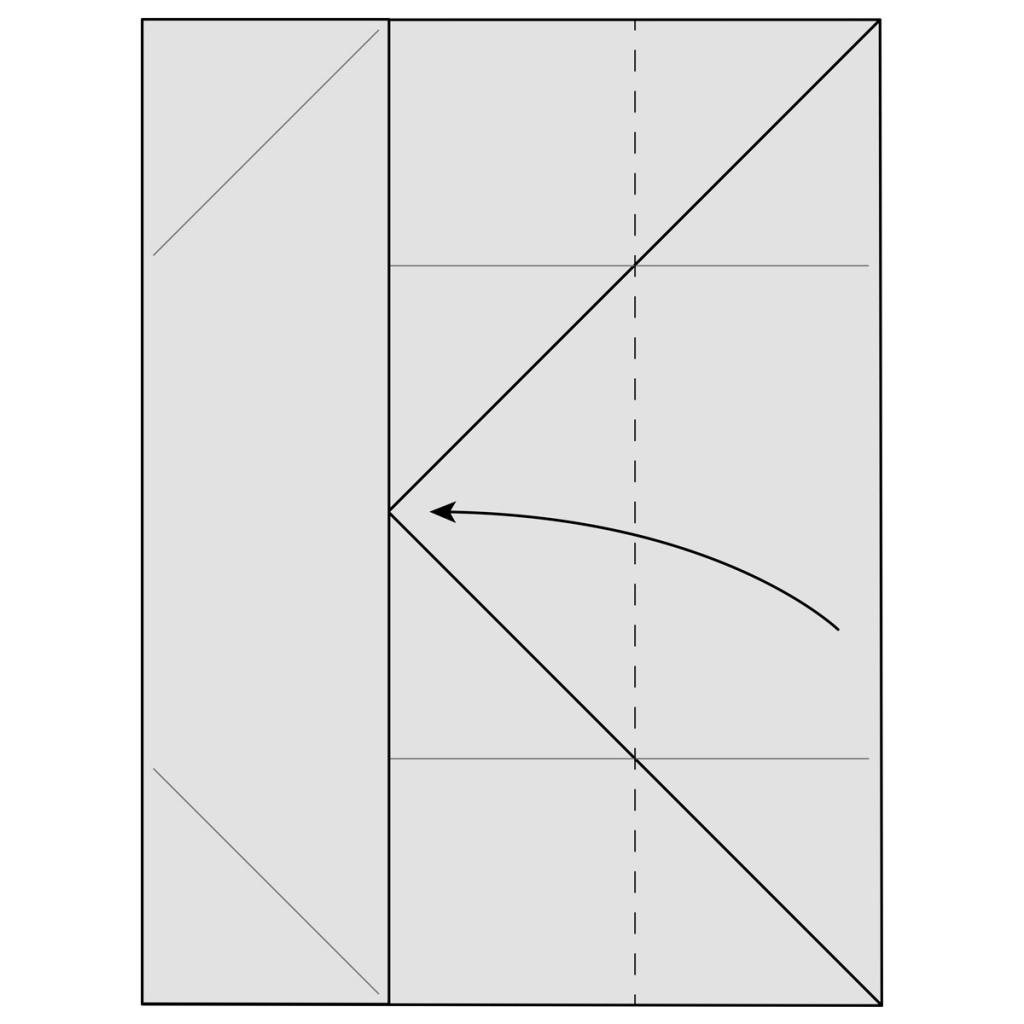
Step 8) Fold the right edge of the model into the centre.
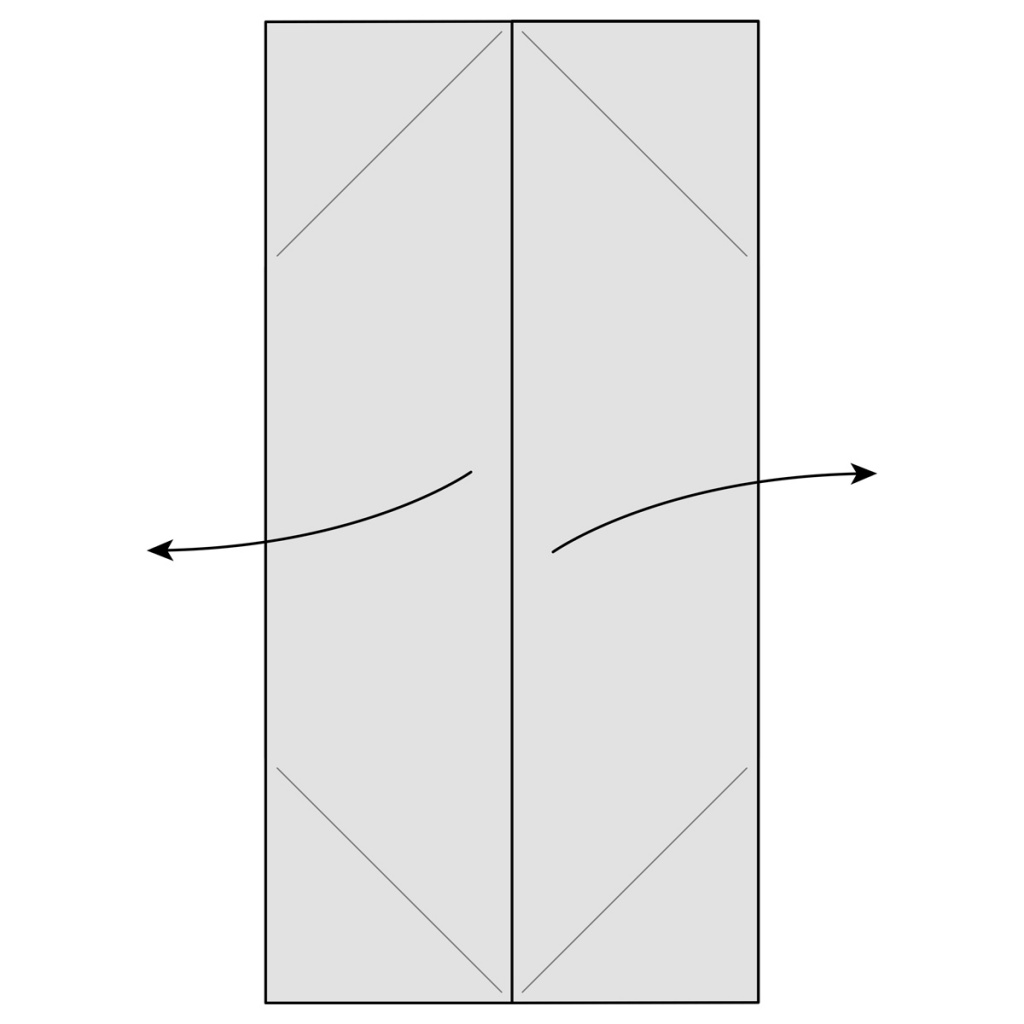
Step 9) Crease both these folds very well and then unfold them.
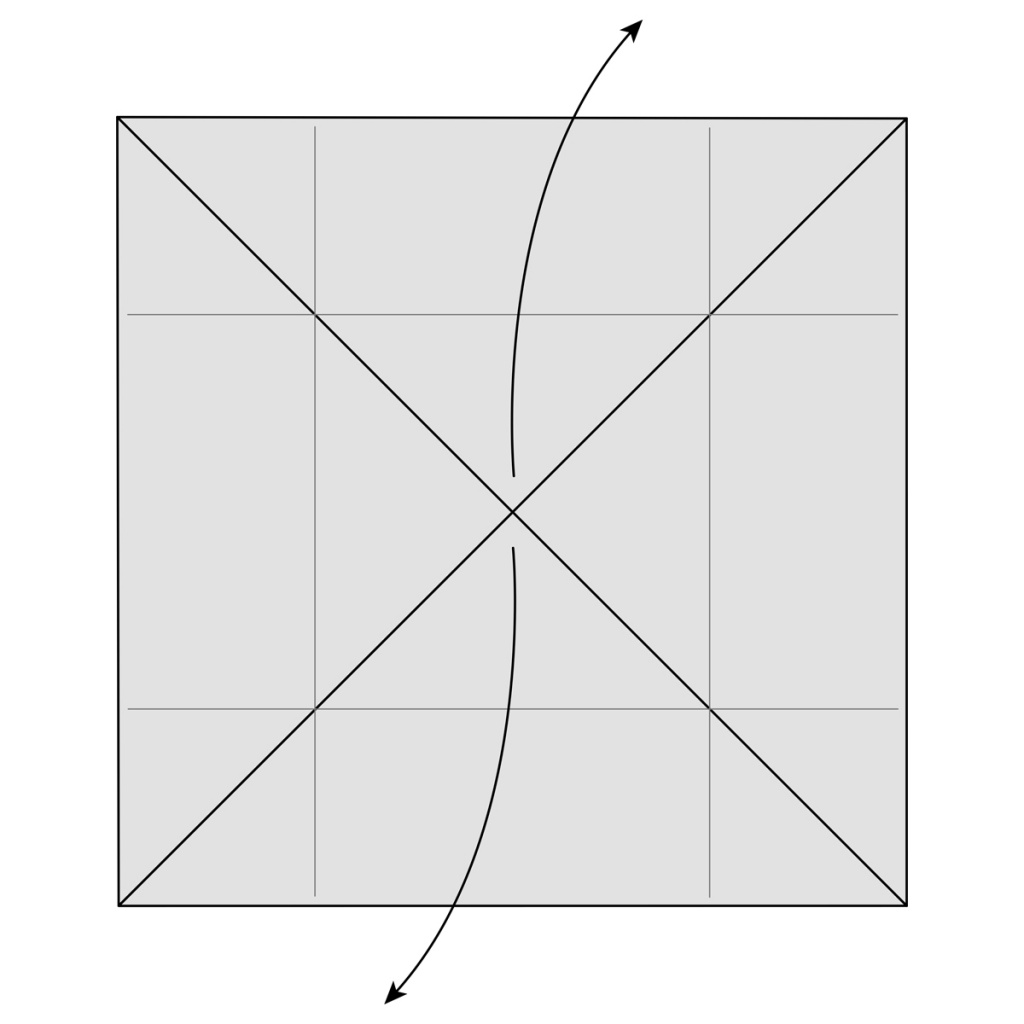
Step 10) Unfold the top and bottom triangles of paper.
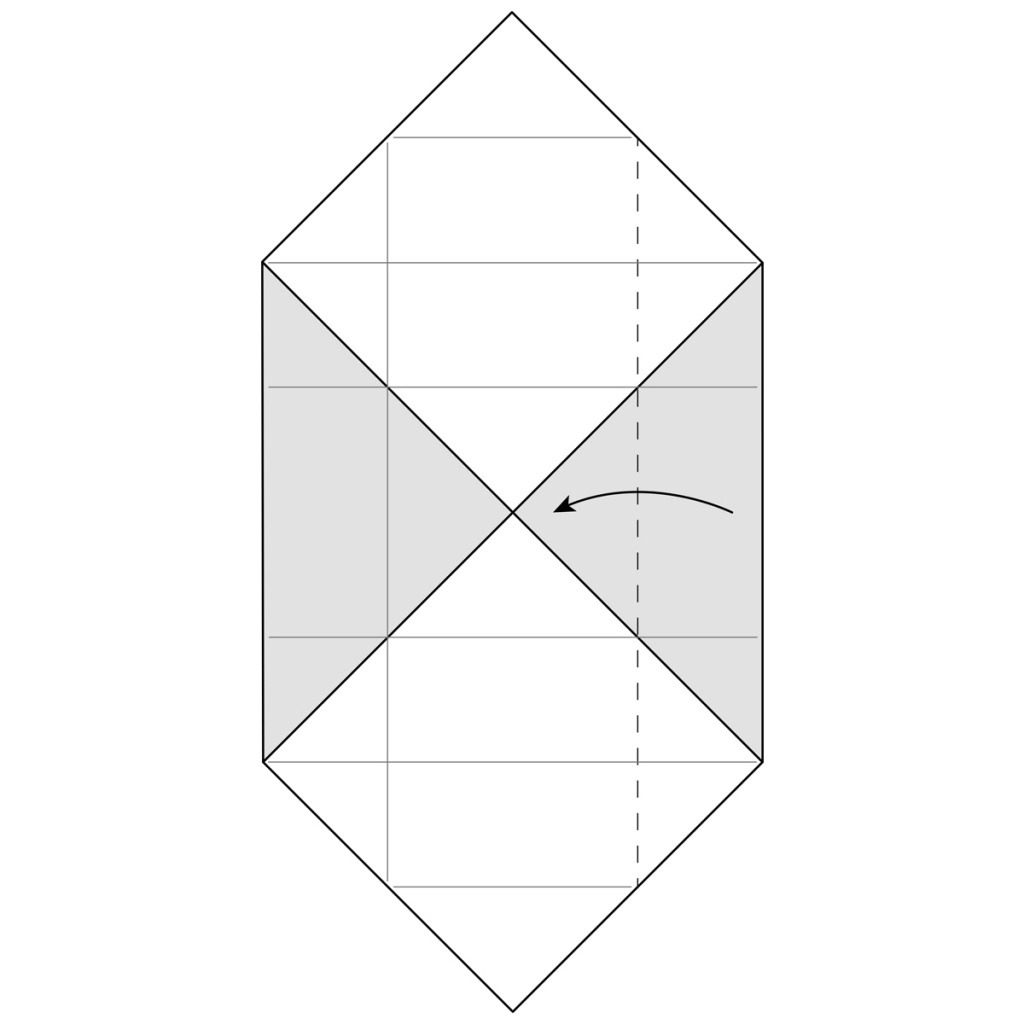
Step 11) Fold the right side of the model into..
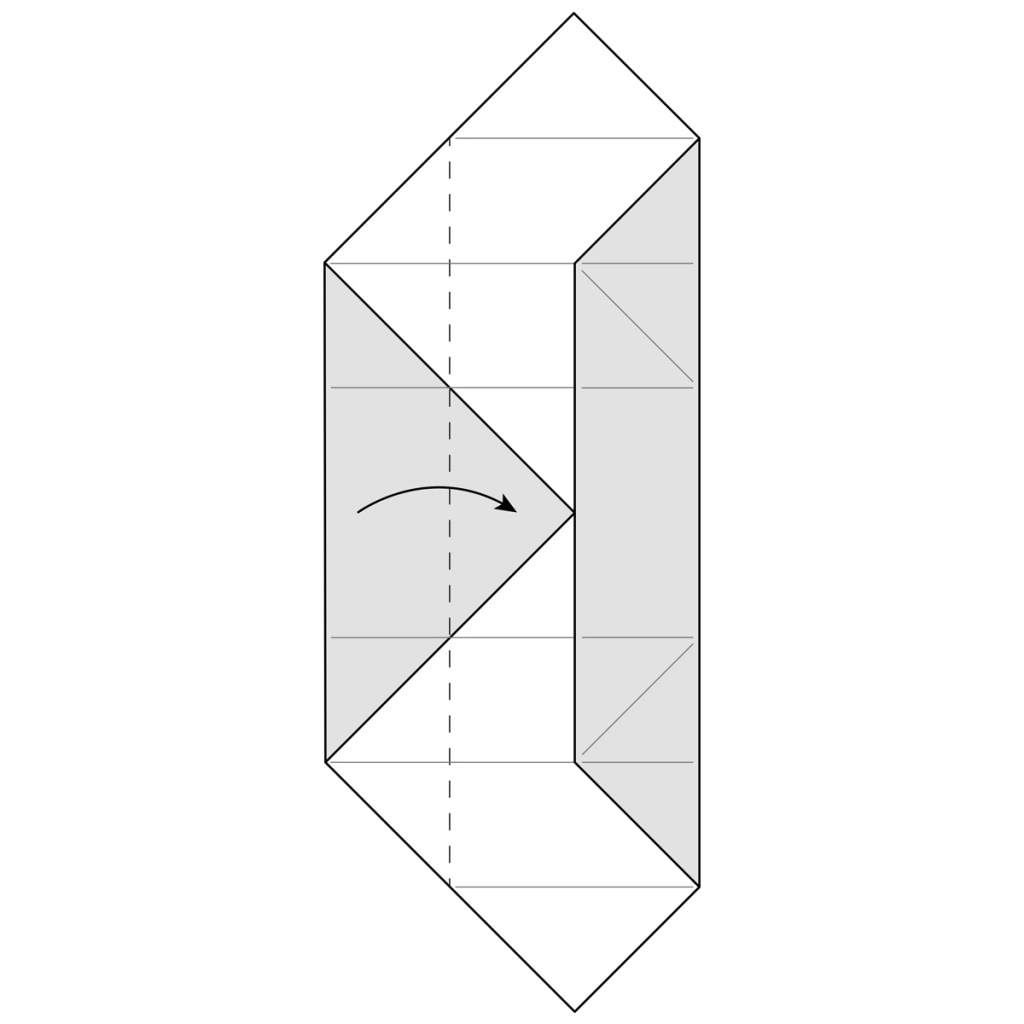
Step 12) Fold the left side of the model into. Crease both these folds very well and then unfold them halfway to form 2 sides of the box.
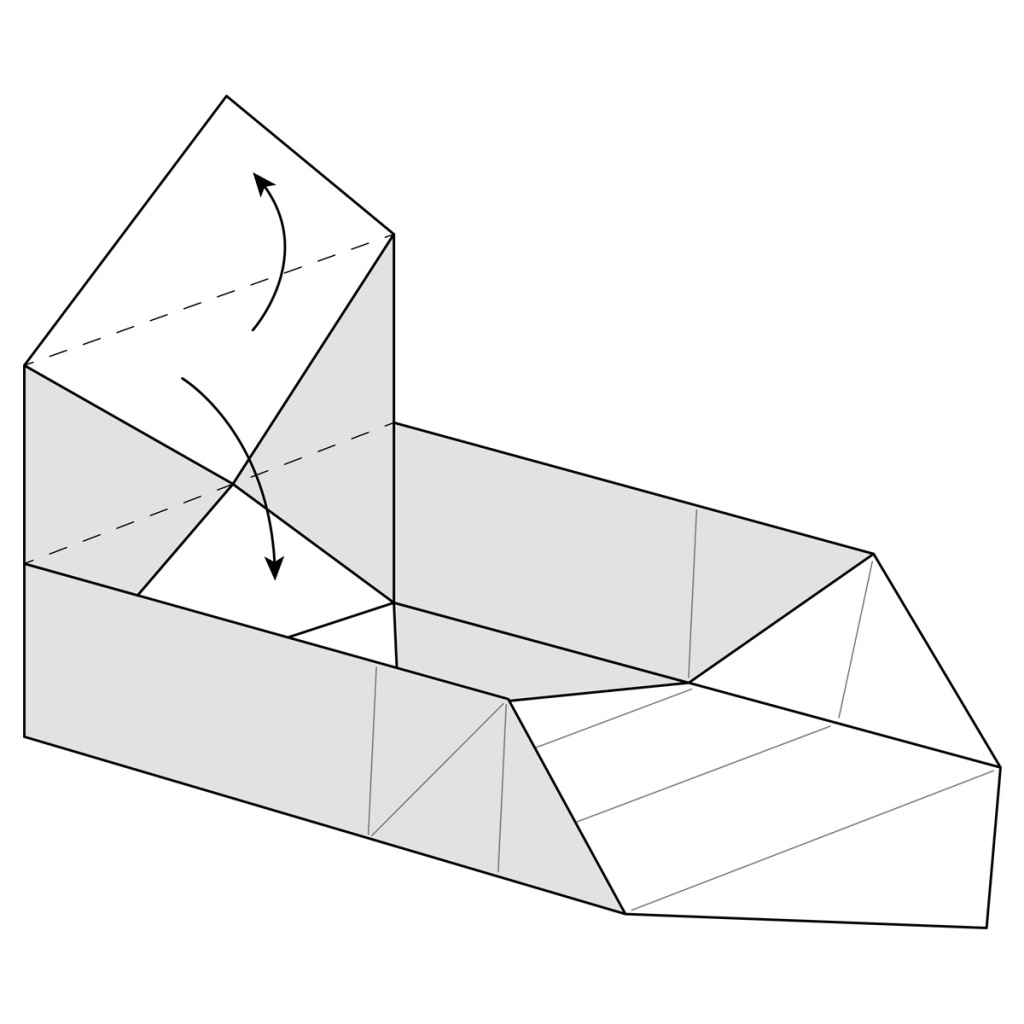
Step 13) Lift the back to start to form the 3rd side of the box which should look like this. Fold the flap of paper down intersecting the two triangles. This will form the 3rd edge of the box. Fold the top triangle of paper up a little bit to fit into place at the bottom of the box.
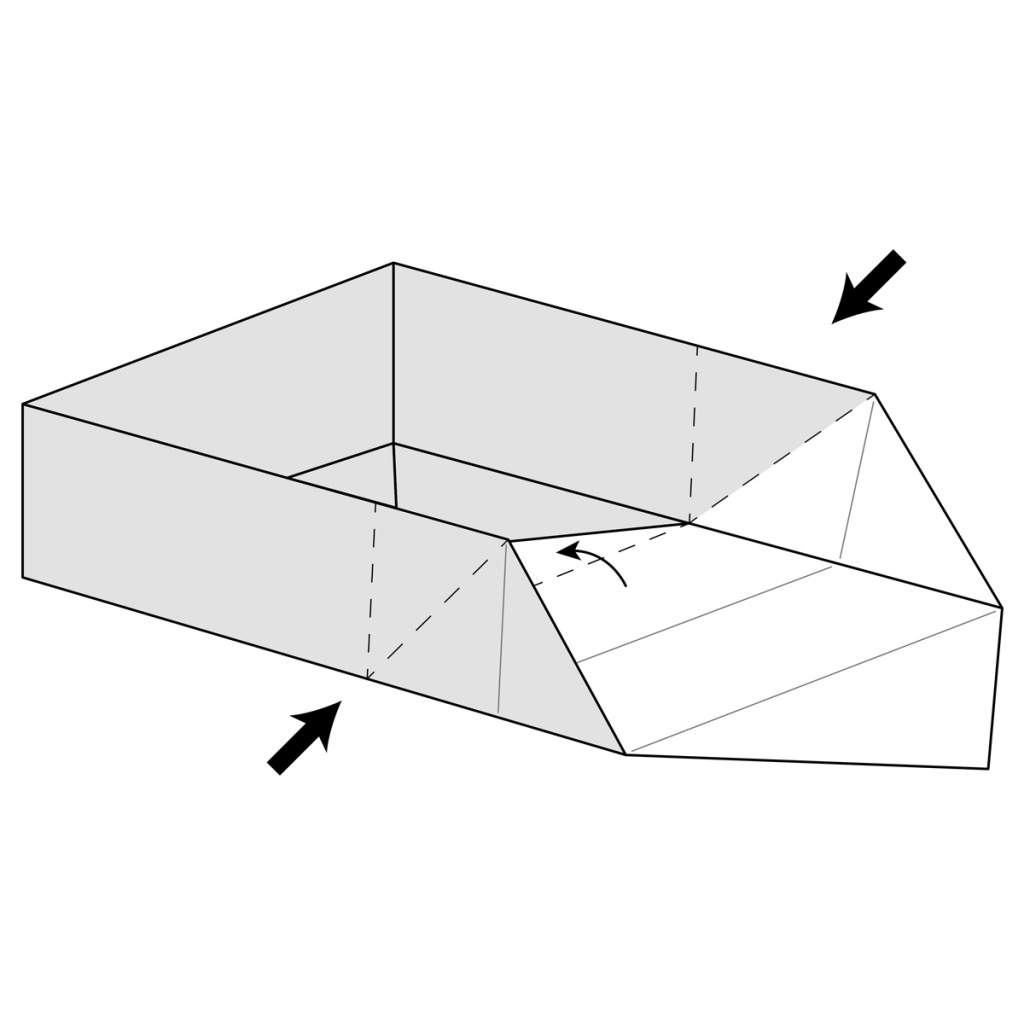
Step 14) Fold the other side of the box now along the existing creases like you did in step 13. The paper should fall into place and give you a shape just like in step 13.
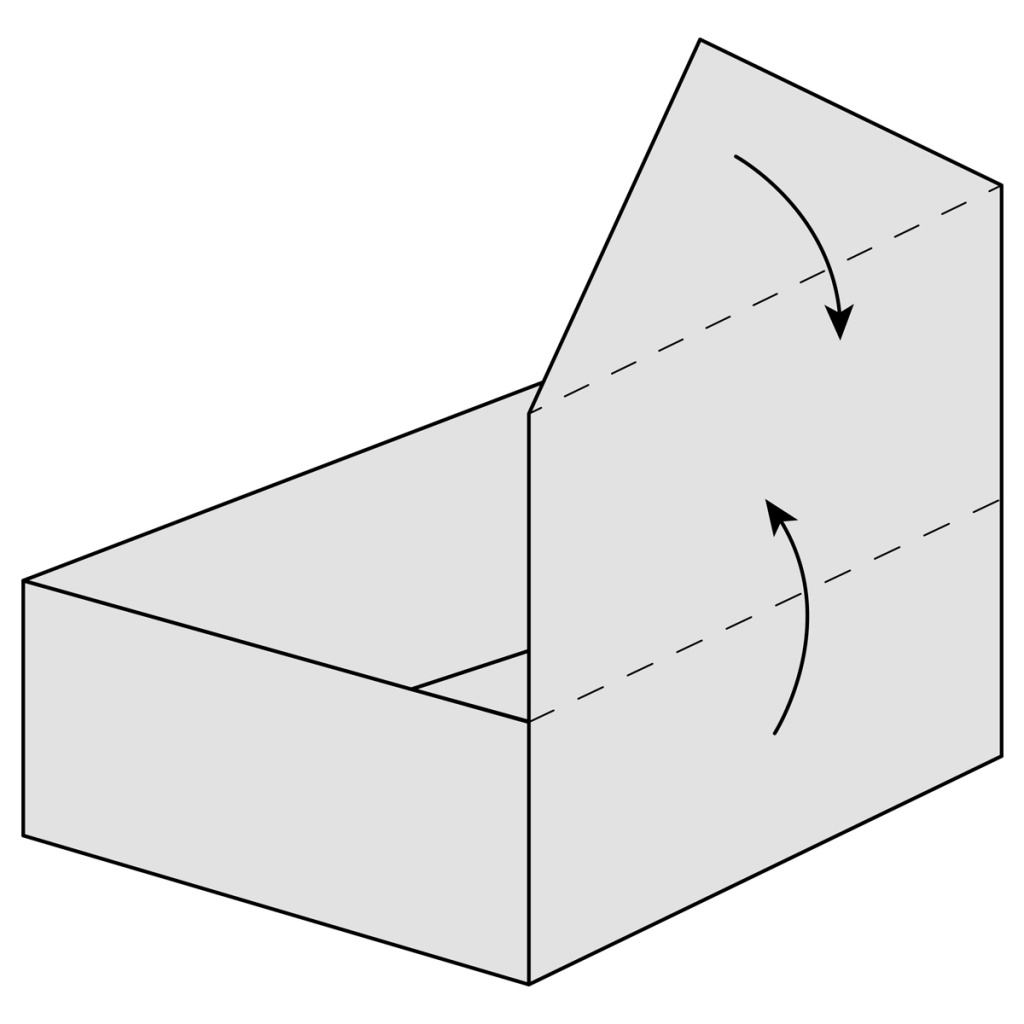
Step 15) As before fold the top flap of paper down to form the edge of the box. Fold the top triangle of paper up a little bit to also fit into the bottom of the box, just like in step 13.
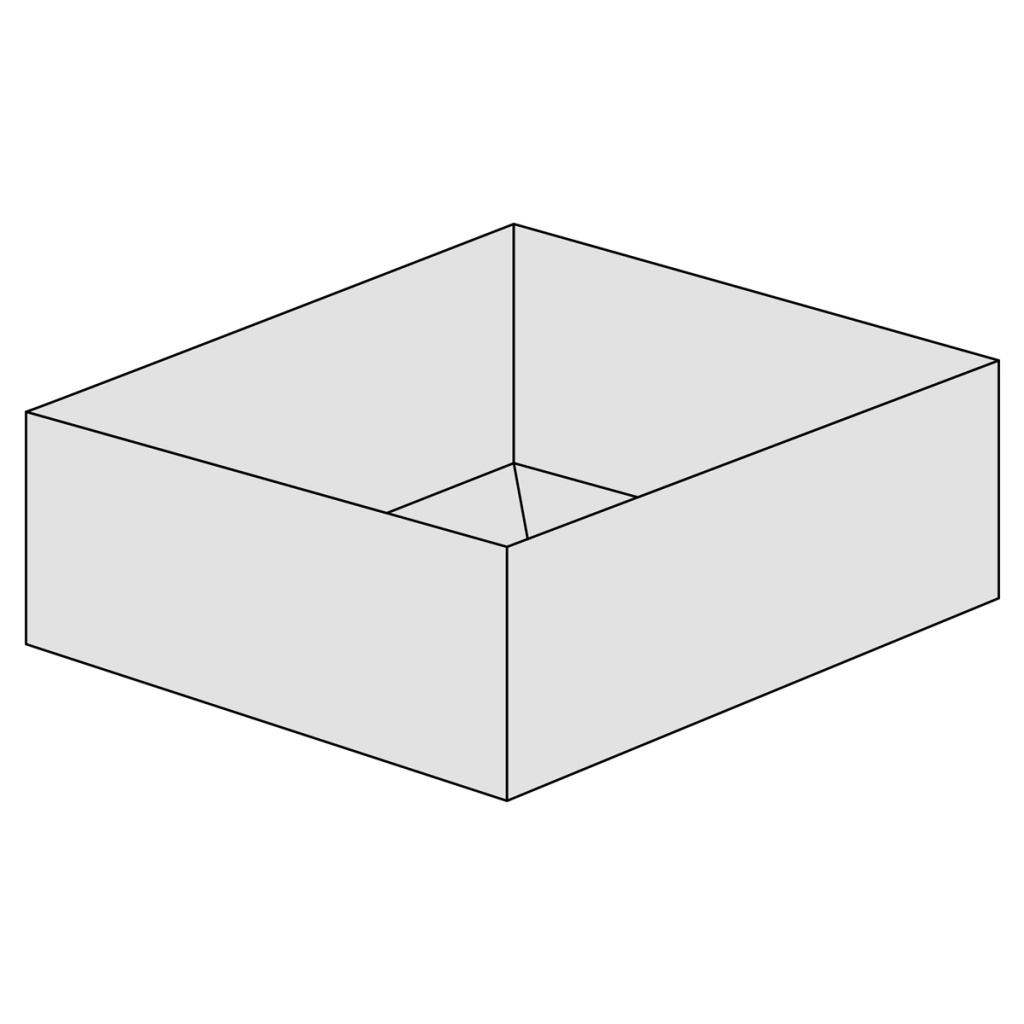
Reduce plastic use
- #DontUseStraws – Plastic straws and stirrers can take up to 200 years to decompose. We don’t need them to drink with but if you have to have a straw use a paper one or reusable one.
- Use reusable bottles or mugs – Plastic bottles are one of the most frequently found items on beach cleans globally. The lids commonly end up in seabirds’ stomachs.
- Use reusable plastic bags for your shopping – if you don’t want to use the hessian bags then opt for shops that use paper ones.
For more information on reducing plastic usage go to https://www.wwf.org.uk/updates/ten-tips-reduce-your-plastic-footprint
Save the Environment withFood
- #MeatFreeMonday – commit to reducing your meat and cheese consumption by a few meals per week and tell five friends about your choice to find alternative proteins.
- Use local produce – or even grow your own veg. The less travelling your food has to do means less pollution from transport vehicles.
- Avoid processed foods – use plastics in their packaging and are not as healthy for you as fresh foods.
For more information on saving energy go to https://www.greenpeace.org/usa/sustainable-agriculture/eco-farming/12-things-you-can-do/
Save Energy
- Turn the lights off when not in the room – if you’re not there it doesn’t need lighting.
- Swap your light bulbs for LED ones – LED bulbs use less energy, expel less heat and last years longer.
- Don’t charge your phone over night – phones can charge within 2-3 hours keeping them plug in wastes energy.
For more information on saving energy go to https://www.directenergy.com/blog/summer-energy-saving-tips-for-kids/
Save Water
- Turn off taps when brushing teeth – this can save 6 litres of water per minute.
- Put a jug of tap water in your fridge – This will mean you do not have to leave the cold tap running for the water to run cold before you fill your glass.
- Take a shorter shower – Showers can use anything between 6 and 45 litres per minute.
For more information on saving water go to https://www.edenproject.com/learn/for-everyone/water-saving-tips

